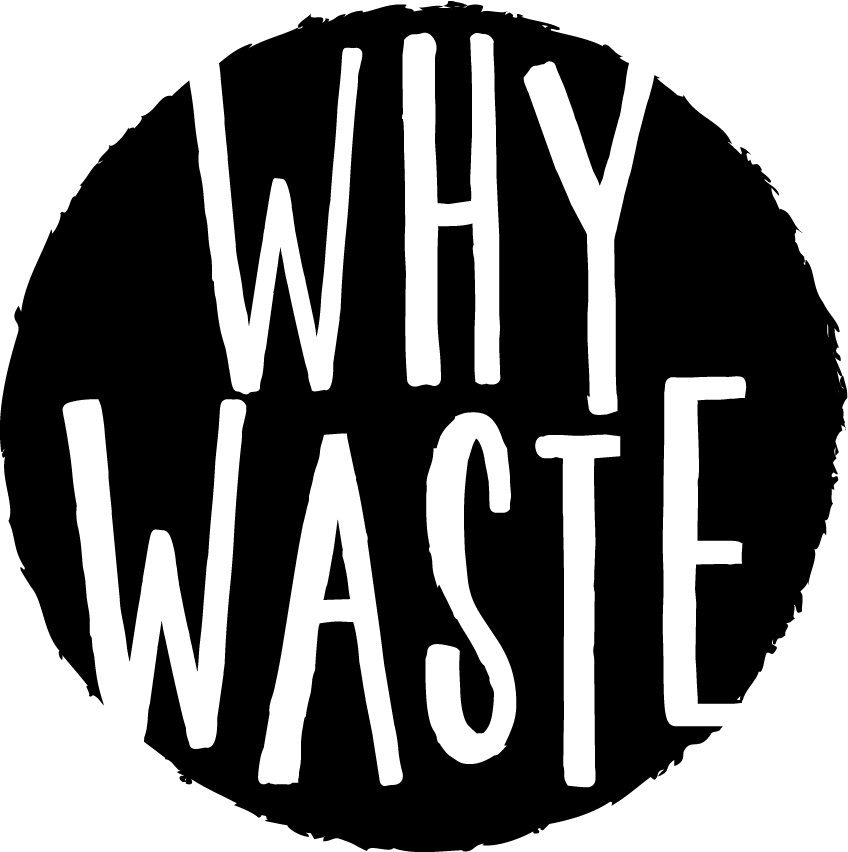Sustainability as a flawed end goal
A key message in the ‘Beyond Sustainability’ workshops I toured over summer is that ‘Sustainability’ is a short sighted end-goal, existing only as a knife edge between ‘Degeneration’ and ‘Regeneration’. A great way to understand this is through Bill Reed’s Trajectory of Ecological Design
In short, to sustain a flawed system would only perpetuate flawed outcomes. It is essential for future-sound solutions to be designed to a benchmark beyond sustainability.
This framework is good for:
– mapping and describing trends
– auditing behaviour as degenerative or regenerative
Here’s the same framework, spiralling vertically.
Take, Make, Waste describes our linear economy. Conventional and deeply degenerate. Desperately needing to shake the waste industries’ response, which for decades has been to cram societies waste into landfills as cheaply and invisibly as possible. ‘Out of sight, out of mind’ seemed to be the mandate from previous generations. However as awareness and education over the last few decades bear fruit, the obsolescence of the dominant methodology is increasingly revealed. While the lowest hanging fruit has long been harvested by the private sector, governing bodies respond to the more difficult challenges at glacial speeds.
Why Waste was set up to contribute to the shift of our waste industry away from its’ present conventional mode (far left on this framework) and bring it further towards the right. Our initial offering, the Compost Collection, was loved by Bay of Plenty businesses and many were left angry, sad and frustrated when it ended in December last year .
But where would the Why Waste compost collection occupy this framework? It’s a tricky one to gauge; by getting biodegradable waste out of the landfill, we can start in the same kind of ‘Green’ or ‘Eco’ place as recycling would be. Seeing as it then goes on to return that material to the soil via composting – this might push it into a more Restorative place. However if that soil is on a conventional farm or horticulture block using herbicides, pesticides and industrial fertiliser it would degenerate down the spectrum somewhat.
Focusing soley on the outcome doesn’t take into account all impacts and unfortunately the methods for collection do not fare well. The externalised cost of driving around picking up waste for compost is largely invisible. From conflict in the middle east to CO2 emissions in the atmosphere and every social and environmental impact in between, reconciling the impacts of driving vs the benefits of collecting compost would be a stretch. Then again it may not be, due to the methane which compostable material produces when it breaks down anaeronbically (like in landfills) being 23 times worse than the CO2 being exhausted from the van. Metrics such as these can be difficult and expensive to define, and they often miss the point –
Adding and subtracting a few million carbon parts per million in the atmosphere isn’t going to change our linear take, make, waste culture, indeed, it threatens to justify continuing it.
There is a similar effect when considering the social impact on behaviour change. By taking their waste ‘away’, we enable waste producers to continue as usual without needing to address shortfalls in procurement or practice. The idea that cleaning up people/business/societies mess is in some part reinforcing that the culture of waste is acceptable. Further to this, it is to a certain degree ‘supported’ by the same operator (Why Waste) seeking to transform it.
This kind of analysis might conclude that while the action itself reduces waste to landfill, avoids greenhouse gas generation and builds soil, it might have a negative net impact in the long term. However we haven’t yet taken into account the following that we were able to build off the back of all the ‘hard yakka’ and ‘walking the walk’, presenting the bigger picture to a receptive audience over a number of different platforms. Using the compost collection as a vehicle for generating awareness, providing education, and sparking inspiration was an effective way to create a wider scope of impact beyond the realm of waste minimisation.
If the compost collection is analogous to Why Waste being at the bottom of the cliff cleaning up people at the top, then it could be observed that as time went on our voice came to be heard from the top of the cliff, which resulted in other people heralding the same cause. In behaviour change, these people are called ‘early adopters’ and we’ve found it to be a very effective way to identify these individuals and feed them information and opportunities for involvement.
To conclude, the action of the Why Waste compost collection could be considered ‘sustainable’, while the methods used were ‘green’ or ‘eco’ at best. Meanwhile the awareness, education and inspiration that came from that project could be considered remarkably restorative.
Frame taken from Happen Film’s feature length film ‘Living the Change’



